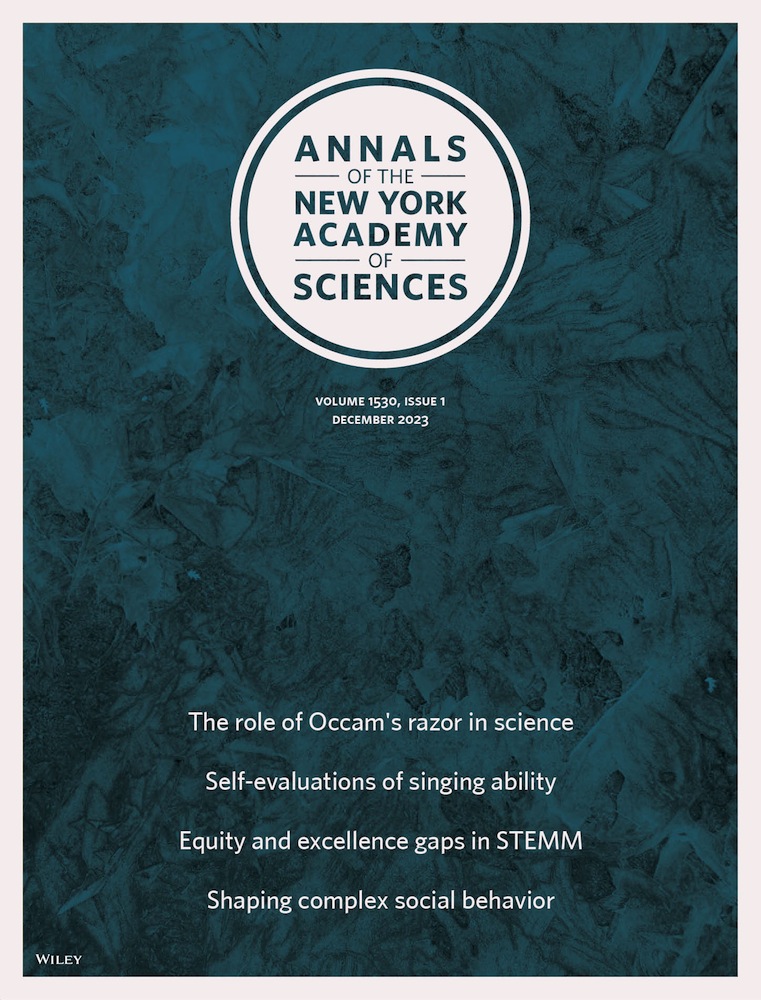1型糖尿病对双眼视力的影响:来自比较分析的证据
IF 4.1
3区 综合性期刊
Q1 MULTIDISCIPLINARY SCIENCES
引用次数: 0
摘要
对无视网膜病变的1型糖尿病(T1D)患者进行双目视觉功能评估,并与对照组进行比较,以确定潜在的非斜视性双目视觉障碍。这项横断面研究包括80名参与者(40名T1D患者,40名对照组),无系统性或眼部疾病、视力障碍、药物治疗或既往眼部手术。高度可重复的测试评估了暗视、可调节收敛/可调节(AC/A)比、近收敛点(NPC)、融合收敛、收敛设施和立体敏锐度。诊断的功能障碍包括收敛功能不全、发散功能不全、基础外隐、基础内隐、融合辐合功能不全、收敛过度和发散过度。T1D患者鼻咽癌明显更远(破裂:5.50 vs. 3.80 cm, p = 0.005;回收率:8.32 vs. 5.69 cm, p <;0.001),较低的近正融合收敛(突破:20.70 Δ vs. 24.25 Δ;恢复:11.50 Δ vs. 14.75 Δ,分别p = 0.02和0.01),减少收敛设施(5.10 vs. 7.15 cpm, p = 0.003),以及更低的AC/ a比率(3.30 vs. 4.00, p = 0.01)。更多T1D患者双眼视力参数超出正常范围,双眼视力障碍患病率更高(p = 0.048)。这些发现强调了T1D对双眼视力的影响,并强调了验光评估对早期发现和治疗的必要性。本文章由计算机程序翻译,如有差异,请以英文原文为准。
Impact of type 1 diabetes on binocular vision: Evidence from a comparative analysis
Binocular vision function was assessed in individuals with type 1 diabetes (T1D) without retinopathy and compared to a control group to identify potential nonstrabismic binocular vision disorders. This cross‐sectional study included 80 participants (40 T1D, 40 controls) without systemic or ocular diseases, visual impairments, medications, or prior ocular surgery. Highly repeatable tests evaluated heterophoria, the accommodative convergence/accommodation (AC/A) ratio, near point of convergence (NPC), fusional vergences, vergence facility, and stereoacuity. Diagnosed dysfunctions included convergence insufficiency, divergence insufficiency, basic exophoria, basic esophoria, fusional vergence dysfunction, convergence excess, and divergence excess. Individuals with T1D showed significantly farther NPC (break: 5.50 vs. 3.80 cm, p = 0.005; recovery: 8.32 vs. 5.69 cm, p < 0.001), lower near positive fusional vergence (break: 20.70 Δ vs. 24.25 Δ; recovery: 11.50 Δ vs. 14.75 Δ, p = 0.02 and 0.01, respectively), reduced vergence facility (5.10 vs. 7.15 cpm, p = 0.003), and a lower AC/A ratio (3.30 vs. 4.00, p = 0.01). More participants with T1D had binocular vision parameters outside the normal range, with a higher prevalence of binocular vision disorders (p = 0.048). These findings highlight the impact of T1D on binocular vision and emphasize the need for optometric evaluations for early detection and management.
求助全文
通过发布文献求助,成功后即可免费获取论文全文。
去求助
来源期刊

Annals of the New York Academy of Sciences
综合性期刊-综合性期刊
CiteScore
11.00
自引率
1.90%
发文量
193
审稿时长
2-4 weeks
期刊介绍:
Published on behalf of the New York Academy of Sciences, Annals of the New York Academy of Sciences provides multidisciplinary perspectives on research of current scientific interest with far-reaching implications for the wider scientific community and society at large. Each special issue assembles the best thinking of key contributors to a field of investigation at a time when emerging developments offer the promise of new insight. Individually themed, Annals special issues stimulate new ways to think about science by providing a neutral forum for discourse—within and across many institutions and fields.
 求助内容:
求助内容: 应助结果提醒方式:
应助结果提醒方式:


